MITMAT: Turntable Mat, MITMAT Foundation: stabilization and isolation platform, MITFIT: footers for devices
Review by Jamie Gillies
Turntables are such fascinating devices. Here we are in the mid-2020s and this technology, a very simple process of needle to groove, has dramatically grown in popularity despite a world that has shifted to digital streaming, making music more accessible and cheaper. But music is not something that is just zeroes and ones through a wifi connection. That need for a tactile connection, album art, different pressings, different record weights, defies the conventional wisdom that “newer is better”. People love vinyl. As they should, because it is the single greatest way to enjoy music, as an experience built around a series of craft-based professions, from lacquer to the lathe. But the challenge with making our hi-fi systems sound great is that not all turntables are built the same.
Unless you are willing to shell out thousands of dollars for a high-end, heavy turntable, they are all prone to isolation problems. And this can be a bit of a whack-a-mole challenge as well. Is it the isolation of the turntable itself, trying to decouple it from the floor or room? Is it stabilization of the plinth because the weight and dimensions of the turntable are not perfect? Or is it how the actual record sits on the turntable, namely the mat and how it absorbs certain frequencies? I think because this is hardly an exact science, that is what makes it such an intriguing series of challenges. Listening to a record is never the same twice. It’s the opposite of digital listening where you can replicate the same sound over and over again.
So how do we, as listeners, learn to isolate, stabilize and recognize unpleasant resonances and counter those, in building a system that is analogue based? Enter Lawrence Mittler. Mittler is a Mississauga, Ontario-based audio guru who has considered all of these problems and issues and has developed a line of products that attempt to solve isolation problems through a lightweight material. His first product is the MITMAT, a turntable mat that actually helps with those resonances in turntable design and function. As he describes his products, “the MITMAT uses air bubbles instead of fibre board to improve the sound.” Most stabilization and isolation devices consist of either fibre board with feet or stands using a variety of different, and often heavy materials. With turntable mats, many are simply decorative and the stock mats or materials above the platter may be afterthoughts, not necessarily concerned with resonance or sound. The MITMAT is made from microcell-rigidized foam and the idea is to dampen resonance.
Mittler’s research and experimentation led him to shift away from traditional materials used and towards low-mass microcells where gas air bubbles are used as absorbers for resonance. The air bubble technology is also used in Mittler’s designs for foundations for equipment including turntables and amplifiers, as well as footers for devices. The MITMAT Foundation and MITFIT footers form a package, along with the MITMAT, known as, the MITKIT.
I was sent advanced promos of these three new products. Not to be outdone with this experimenting, I first tried a couple of strategies to make sure I was getting the best possible sound. I rechecked the leveling of my turntable, the floor and base it rested on. I made minor adjustments to see if it was perfectly level and flat. Let the experimenting begin.
The MITMAT
Starting with the turntable mat, I listened to three albums on my Thorens MK-145 Mark 1 turntable, three I know very well. The test was simply with or without the turntable mat.
The three albums, Steely Dan’s Gaucho, The Cars Greatest Hits and Bob Seger’s Stranger In Town. After the MITMAT was added, the albums smoothed out, with more definition around the vocals, more air, more everything. I was surprised because the change was not subtle. I think what the MITMAT contributes to is that it isolates the records from the turntable’s mechanical resonances even further. What surprised me is that this small change sort of changed the music. I was hearing elements that I had not focused on before. More instrumentation, more background ambience, rather than lyrics and front of soundstage musicianship that I know so well. A perfect example of this is Babylon Sisters from Gaucho. The bass and background vocals seem to rise from the depths of the recording. This was good because everything seemed more present. In an odd way, the recording sounded less analogue, but more real. I started to hear things I had never really listened to or focused on before.
I tried these albums with and without my Record Doctor record clamp. My clamp is a lightweight low profile clamp which does not seem to stress the turntable mechanism. I felt that it sounded best with the clamp on but Mittler’s product is designed to replace record clamps or weights.
The MITMAT Foundation
On Lawrence’s advice, I then added two MITMAT Foundations beneath the Thorens table. Same material as the MITMAT but a flat, almost credenza blotter sheet beneath the turntable. My Thorens deck is known for being quite finicky in terms of isolation. This air bubble technology proved to stabilize it even more. Listening to the same records again, I found that the music took on a darker, deeper clarity. I was somewhat taken aback by the effect the MITMAT Foundation had on the music. You Might Think by The Cars sounded bigger and cleaner, Mutt Lange’s production even smoother than usual. Ric Ocasek’s vocals were more powerful, Elliott Easton’s guitar solo more holographic. My analogue system, with a NAD Preamp and Power Amp hooked up to my JBL 4312 Control Monitors, never sounded better.
Lawrence is definitely on to something here.
*Comments on the Foundation III have been added at the end of this article.
The MITFIT Isolator Discs
I then added in eight isolator discs to my system. I put four of these flat puck-shaped discs underneath my NAD preamp and four underneath the stubby feet of my turntable on top of the MITMAT Foundations. The Isolator Discs worked as well. This was similar in effect to my review of the IsoAcoustics pucks last year. A little more separation on instruments, a little more three dimensional effect in the soundstage. This was very clear on Bob Seger’s Ain’t Got No Money. This Stranger In Town deep cut, which is similar to his more famous The Fire Down Below (from Night Moves), just floored me. It lept out of my speakers. With all of Lawrence Mittler’s creations, what surprised me the most is the degree to which the soundstage got bigger with this resonance reduction.
I also put the MITFIT Isolator Discs underneath my exaSound DAC and Streamer and my Woo Audio WA6 headphone tube amp. After listening without the MITMATs to three new 2023/2024 albums, Pearl Jam’s Dark Matter, Taylor Swift’s The Tortured Poets Department Anthology, and Joshua Redman’s where are we, I then repeated the albums with the MITMAT and MITFITS under the amp and digital gear.
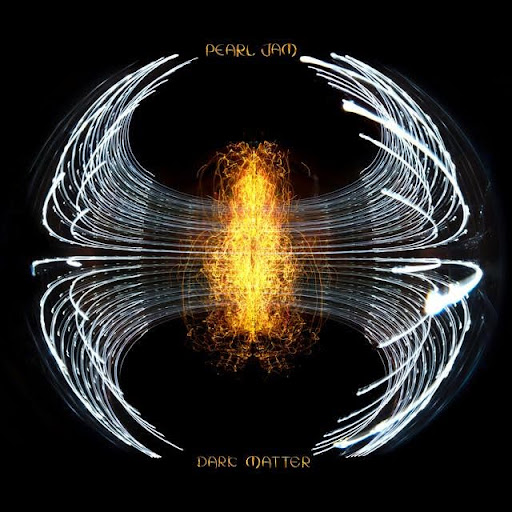 What I noticed was a little different than when they were placed underneath the turntable. The music, all digitally streamed from Tidal in high resolution, just relaxed with the stabilization. This was most apparent on the Pearl Jam album. Dare I say it, Eddie Vedder’s voice became almost laid back and I felt the tube amp warmth from this album. This album has a very low dynamic range so to get that from a streamed digital recording was quite something.
What I noticed was a little different than when they were placed underneath the turntable. The music, all digitally streamed from Tidal in high resolution, just relaxed with the stabilization. This was most apparent on the Pearl Jam album. Dare I say it, Eddie Vedder’s voice became almost laid back and I felt the tube amp warmth from this album. This album has a very low dynamic range so to get that from a streamed digital recording was quite something.
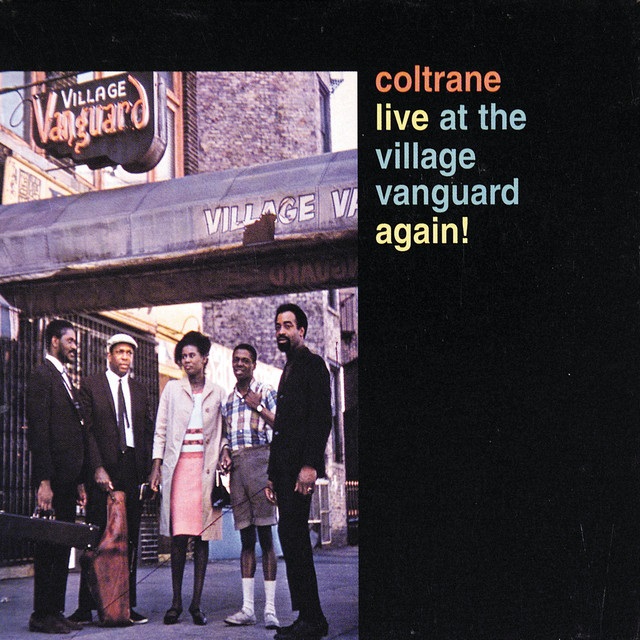 I switched the MITMAT Foundation to underneath my Oppo BDP-103 SACD player. I use this player strictly as part of my office headphone system. Here again, CDs seemed to relax. They sounded more analog in head-to-head comparisons. This was particularly the case with John Coltrane’s Live At The Village Vanguard Again! and Nina Simone’s Pastel Blues.
I switched the MITMAT Foundation to underneath my Oppo BDP-103 SACD player. I use this player strictly as part of my office headphone system. Here again, CDs seemed to relax. They sounded more analog in head-to-head comparisons. This was particularly the case with John Coltrane’s Live At The Village Vanguard Again! and Nina Simone’s Pastel Blues.
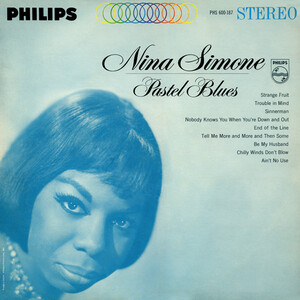 On the Impulse! CD, Coltrane’s late career sextet sounds typical of trying to digitize avant garde and atonal live recordings. Brilliant performances are too often rendered strident and metallic in all digital formats. With the MITMAT Foundation and with the MITFITS, that CD took that digital edge off. It was by no means perfect but I now liked it as much as my original Impulse! LP, especially the 20-plus minute workout on My Favorite Things. Nina Simone sounds great in any medium and most of her CDs are well recorded and mastered. My Verve remaster, with the Foundation and MITFITS in place, seemed to give Simone’s voice a little more delineation on Sinnerman, certainly more holographic through my Sennheiser HD800 headphones.
On the Impulse! CD, Coltrane’s late career sextet sounds typical of trying to digitize avant garde and atonal live recordings. Brilliant performances are too often rendered strident and metallic in all digital formats. With the MITMAT Foundation and with the MITFITS, that CD took that digital edge off. It was by no means perfect but I now liked it as much as my original Impulse! LP, especially the 20-plus minute workout on My Favorite Things. Nina Simone sounds great in any medium and most of her CDs are well recorded and mastered. My Verve remaster, with the Foundation and MITFITS in place, seemed to give Simone’s voice a little more delineation on Sinnerman, certainly more holographic through my Sennheiser HD800 headphones.
Conclusions
Not everyone is going to believe that isolators, anti-resonance devices, cables, power cords, and other ‘tweaks’ make a difference. I firmly believe they alter the sound in a myriad of ways, sometimes not for the better. But with experimenting, you can reach an equilibrium where technologies like the MITMAT really do improve the sound.
As of this writing, the 3mm MITMAT turntable mat sells for $129.95. The MITMAT FOUNDATION is $169.95. The four MITFIT 6mm are $79.95 and the 12mm set is $99.95. Or you can purchase the “MITKIT”, which consists of: MITMAT 3MM, a MITMAT FOUNDATION and four MITFIT 6mm discs, for $299.95. All prices are in Canadian dollars.
My advice would be to try it for yourself. I was pleasantly surprised by how much better my components sounded using this series from MITMAT and Lawrence Mittler. These gas and air bubbles really work!
More Info
Please see:
UPDATE: The MITMAT Foundation III
Lawrence Mittler is constantly innovating. I was fortunate to receive another of his products in a burgeoning line of isolation devices. This is a mid-sized isolation base that is 25mm thick. It also uses the micro-cell technology but this time it is a lot thicker than the MITMAT Foundation I and MITFIT discs. According to Mittler, there is no other isolator like this currently on the market designed specifically for mid-sized devices such as the recent trend in the marketplace towards combination DAC/streamers.
I tried the Foundation III underneath every small component I had including two different DACs, two different streamers, and a small headphone tube amplifier. While I had foundations of various sorts underneath all of these components, the Foundation III did have a slightly different sound as I swapped each out. With the DACs, they seemed to make the sound more musical ever so slightly. A/Bing it on a number of tracks with different foundations and isolators left me unconvinced that the sound was remarkably better. Each isolator was definitely better than no isolation. I felt it was on par with the isoAcoustics Orea Graphite isolators. A different technology for sure but the MITMAT Foundation III accomplished the same clarity as the isoAcoustics products. Maybe there was a slightly more musical presentation but repeated listens I could not make a definitive distinction.
With the tube amplifier, again, I found it to be about the same as well. Better than no isolation, but about the same as Mittler’s own MITFIT discs, which I have been using under the Woo Audio tube amplifier.
Finally I tried it under my exaSound Sigma Mark II streamer. This is a device that weighs only about 1 and 1/4 pounds. I centred the Sigma in the middle of the MITMAT Foundation III and right away, everything just became much smoother. It was uncanny, a night and day veil lifted from the music. I have what I consider excellent streaming sound, hardwired with Ethernet to my streamer, playing Tidal Max. Vocals, pop and rock took on new dimensions. The album that really showcased this however was The Decemberists’ As It Ever Was, So It Will Be Again which sounded absolutely includible. Colin Moloy’s voice was just hanging in the air with beautiful instrumentation by Chris Funk, Nate Query, Jenny Conlee and John Moen. This 2024 album was otherworldly. I had listened to it a couple of months back when it was first released and it did not have this effect on me. It was like the music was closer to me. It no longer sounded like a recording. Emily Lazar’s mastering on this is phenomenal for a modern recording.
The Foundation III brought more music into focus and I felt it helped decouple the streamer from the DAC and the surface it was on. There was definitely a positive effect. The MITMAT Foundation III really clicked underneath my streamer, synergy between two Canadian-built products from the GTA! Well done Lawrence Mittler! The Foundation III isolation base retails for $149.95.

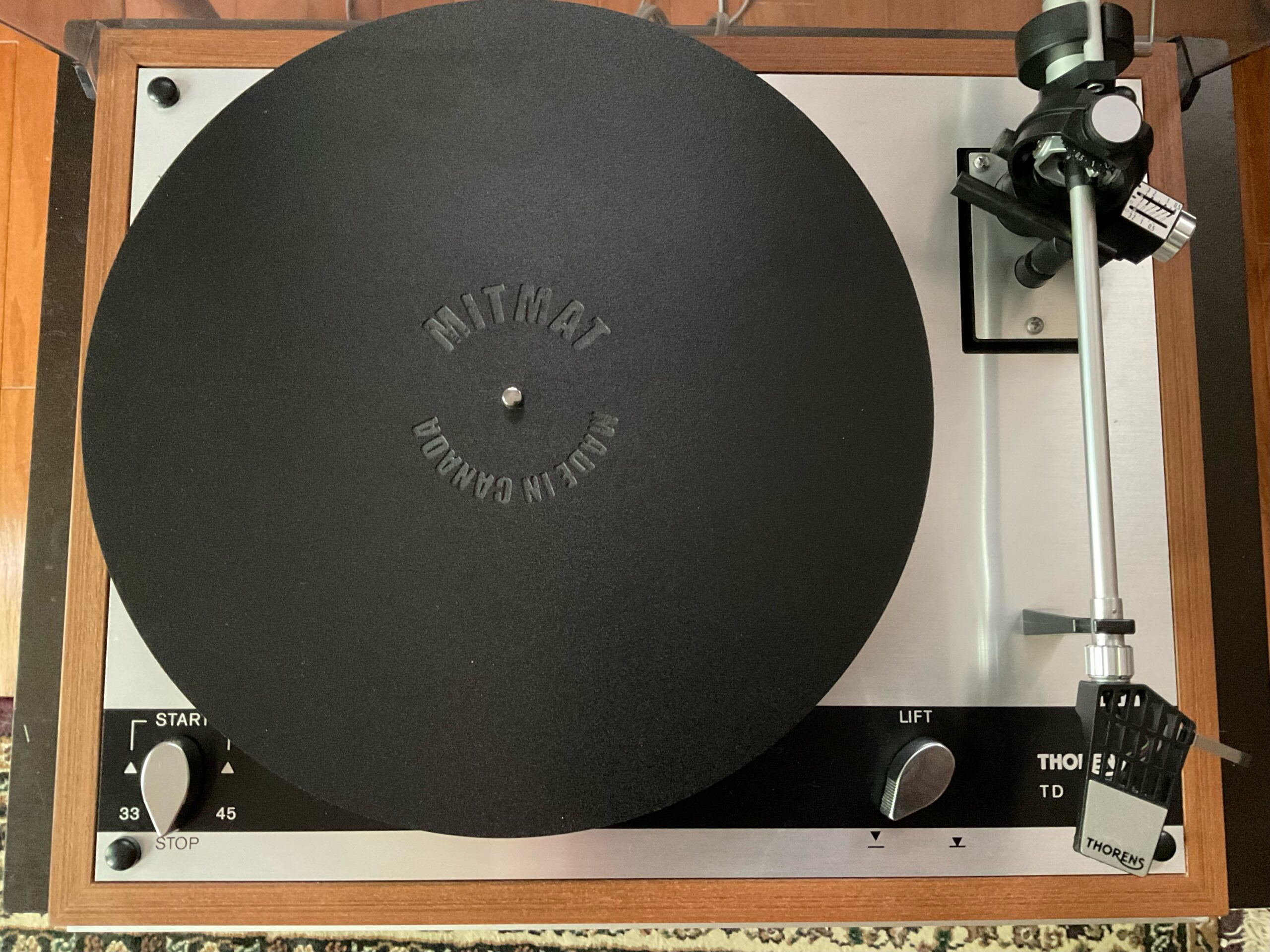
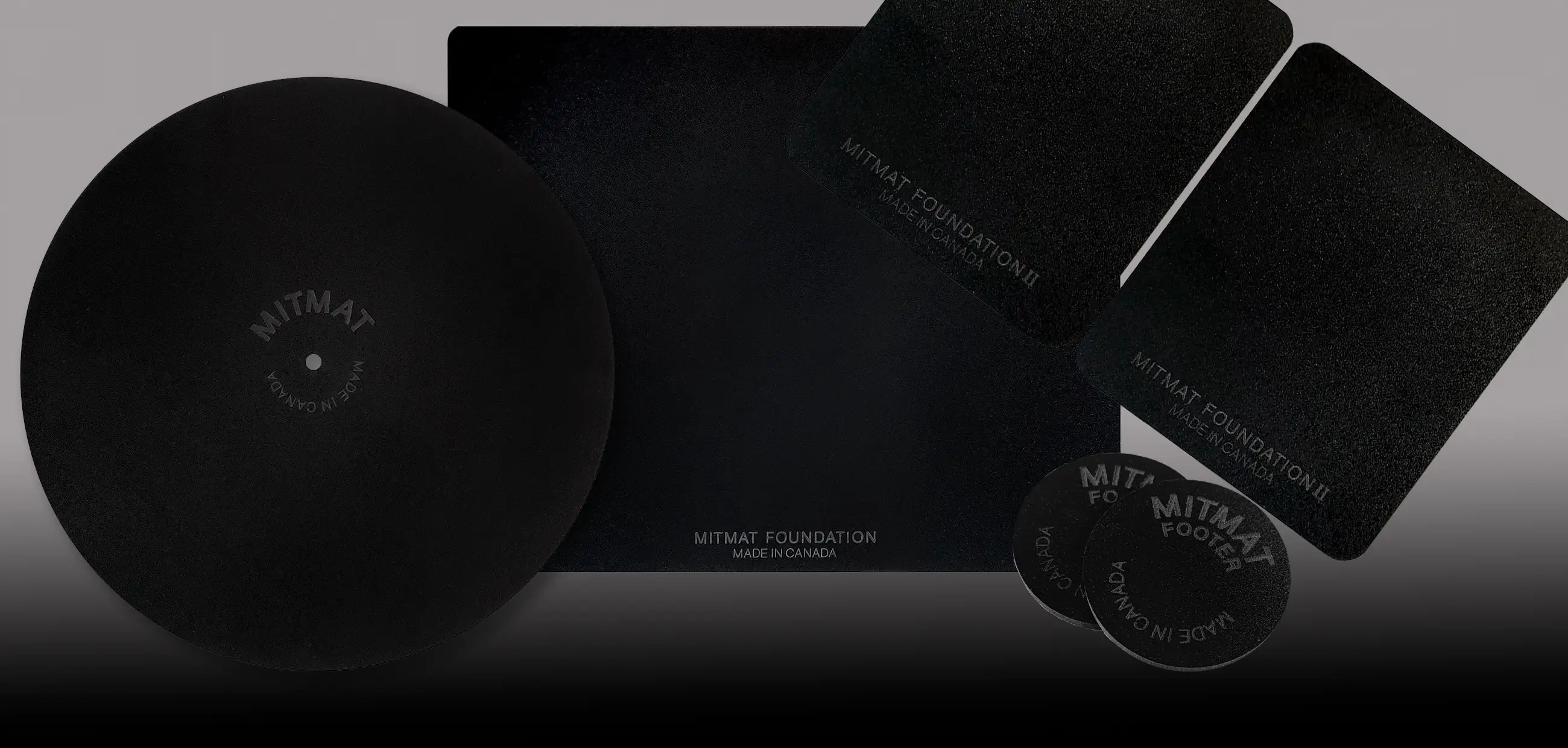
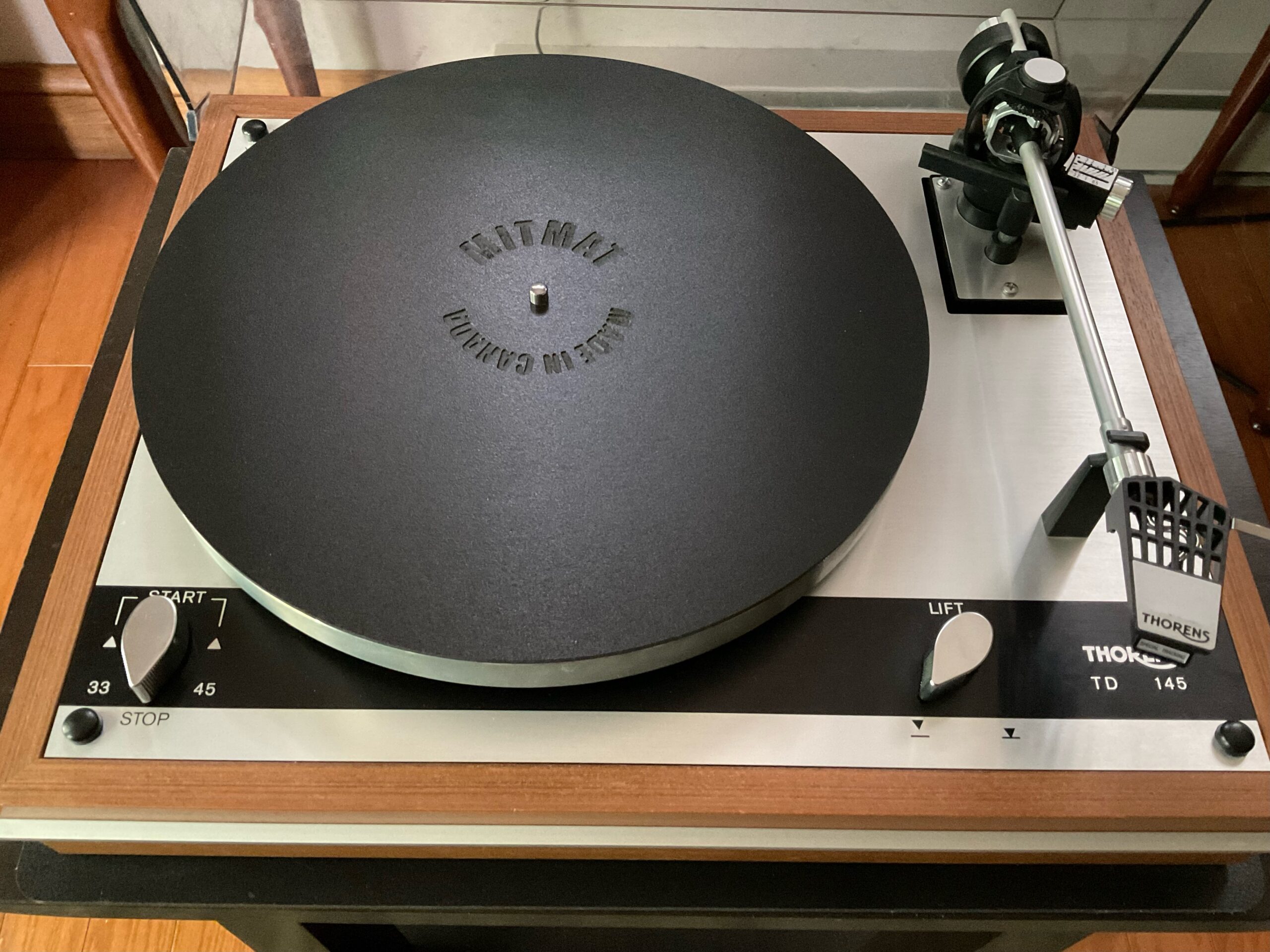


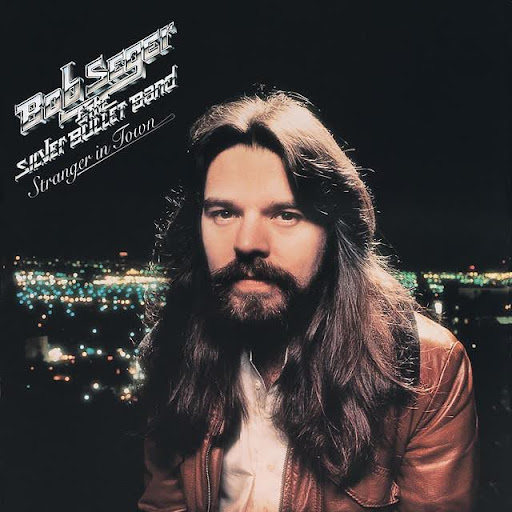
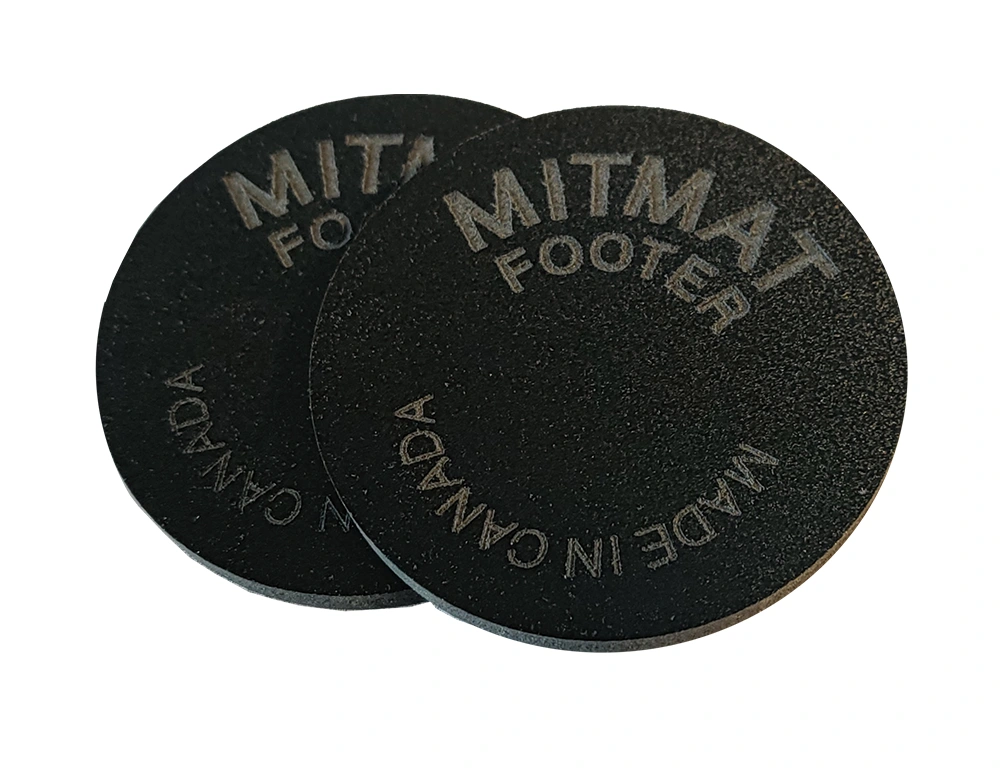
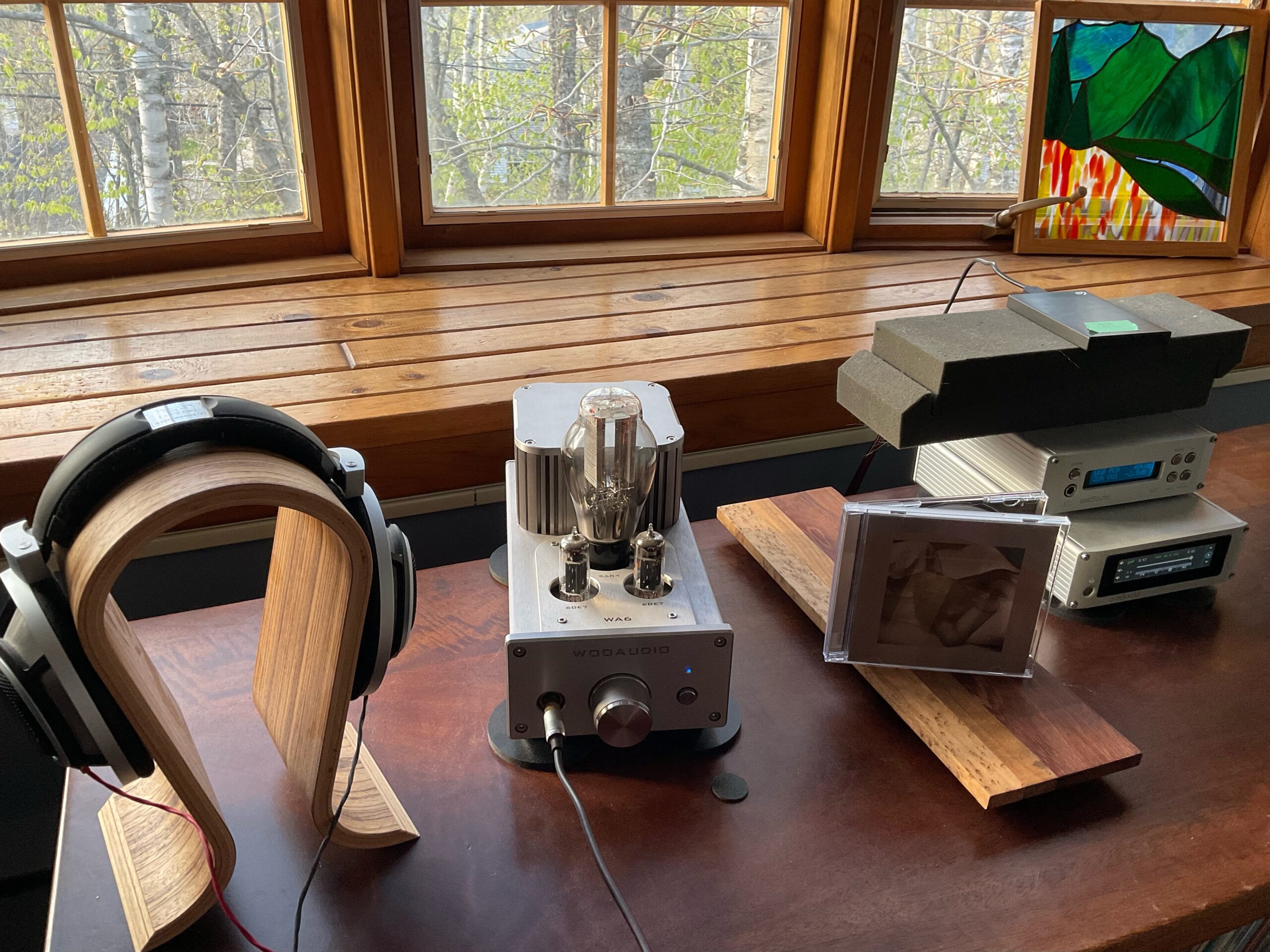
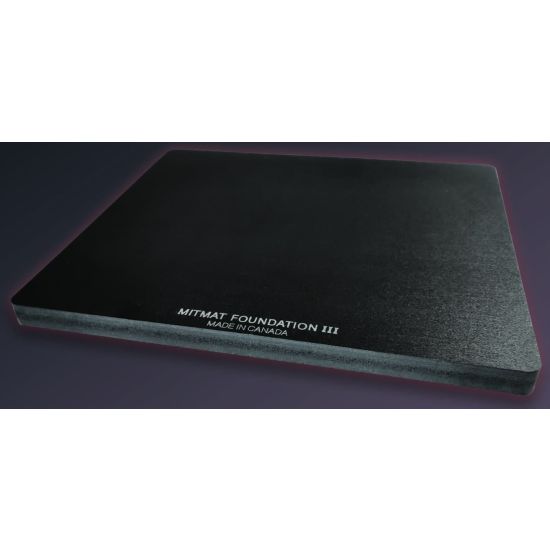

I have the 300mm diameter MitMat for my P8 and it betters the Origin Live Platter Mat, Ringmat, OG felt mat, Colarro mat and Herbie’s mat. Once I heard it I bought it.
I’m one of those audiophiles who, through personal experience have found that isolators, anti-resonance devices, cables, power cords, and other ‘tweaks’ can make a difference. There are a number of ways to DiY isolation platforms. The least expensive and effective means of doing so that I have yet found is to combine a bamboo cutting board resting on MoonGel damping pads. Then placing between the board and turntable feet Bright Star – IsoNodes.
IMHO, one product, however effective will be more effective when combined with other products. So, I suspect the performance of the MitMat Foundation would be further improved by adding it to two other isolation/absorption products. Placing the MitMat Foundation upon an Audite Acoustics Audio Isolation Platform would create a profound synergy. That said, isolation from external vibrations does nothing to lessen a turntable’s internal vibrations. Placing ‘Tenderfoot Vibration Isolation Feet’ from Herbie’s Audio Lab under the Turntable’s feet is the best means I know of for micro-vibration absorption.
It is important to remember that every TT manufacturer has their own remedy to the various influences affecting the capture of music from the LP grooves. So not every isolation product will produce the same results. Since it is not financially prudent to buy all solutions for a home test, I would suggest taking your TT to a dealer to try them out in a controlled environment. The downstream equipment does not matter if it is of equal quality to your own. Once found, the solution is immensely satisfying.